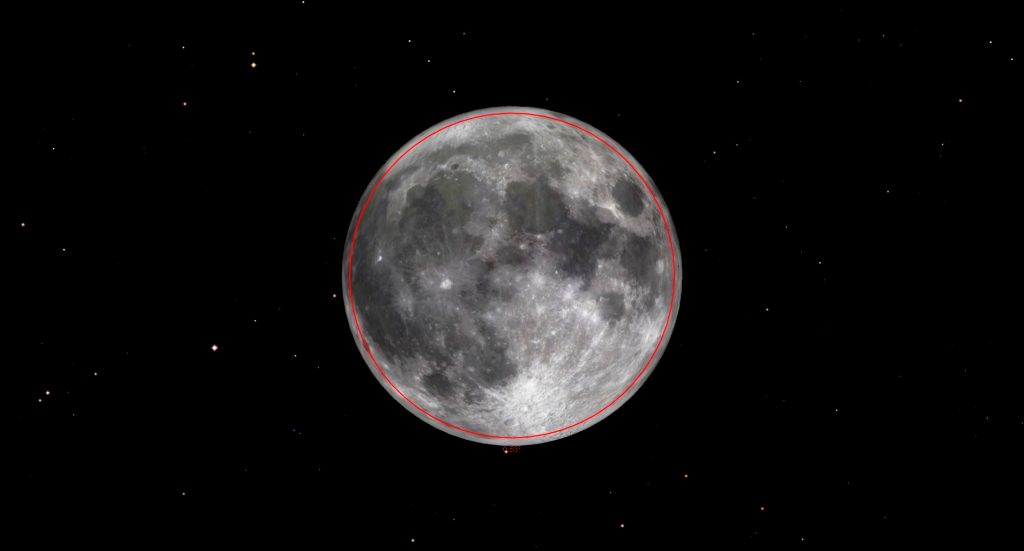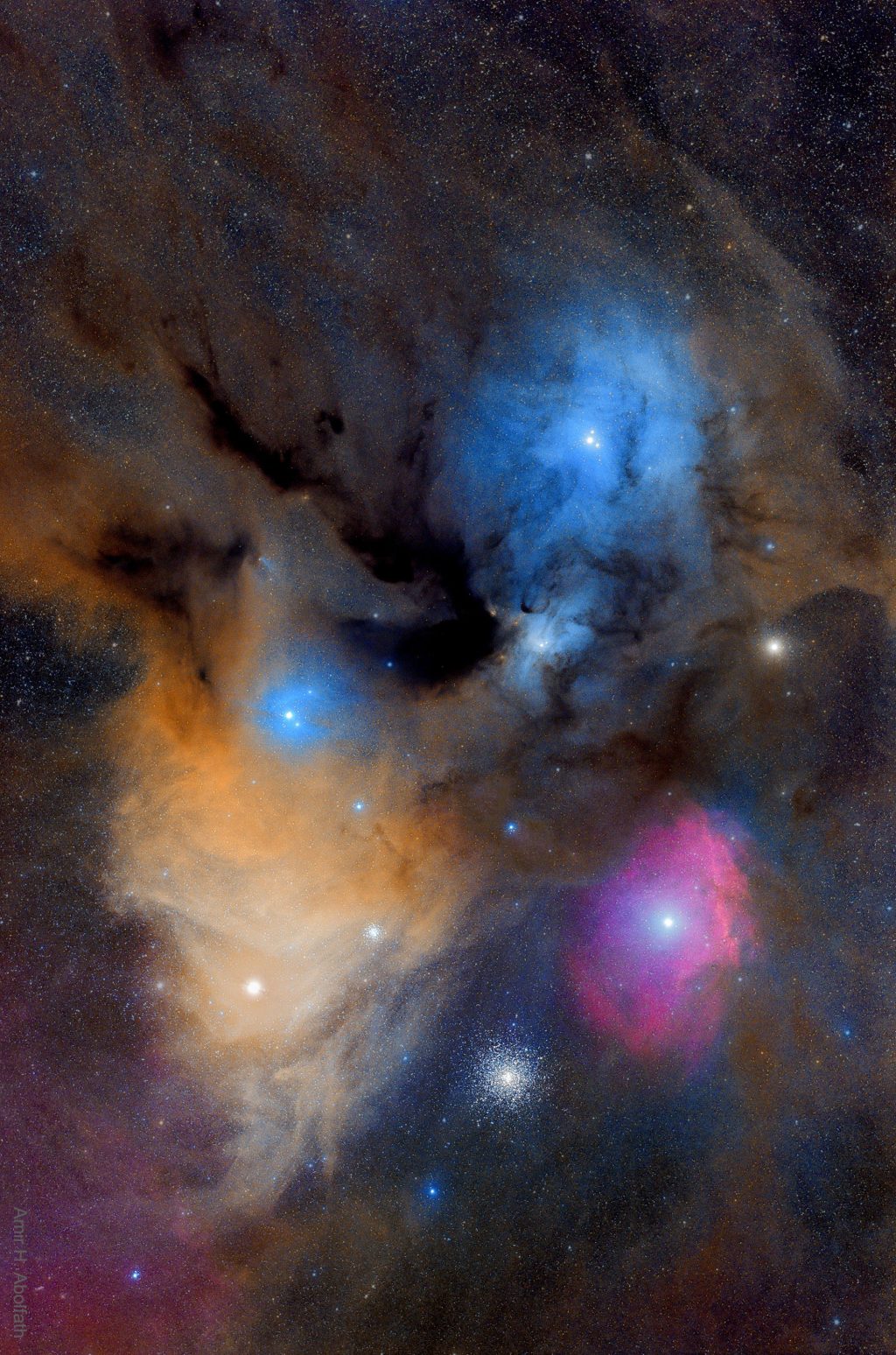Night Falls Earlier, the Crescent Moon in Morning Kisses Venus, Taurus Spits Stars, a Comet, and Andromeda Reclines on High!
Mirach’s Ghost aka NGC404 is the elliptical / lenticular galaxy sitting to the upper left of the bright star Mirach in Andromeda. Other smaller galaxies are scattered around the region. This terrific image by Kent Wood of Utah was the NASA APOD for Oct 27, 2017. Kent’s original image with details of his equipment is…
Read more









